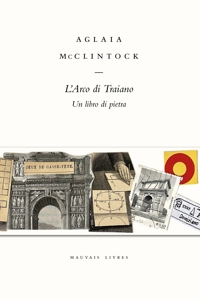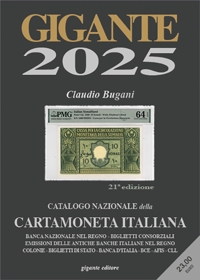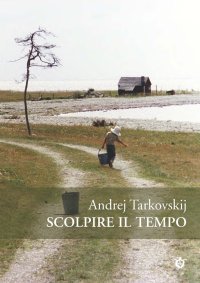Usellini. Catalogo generale
A cura di Sansone L. e Usellini F.
Torino, 2022; br., pp. 736, ill., cm 26,5x31.
(Varia).
prezzo di copertina: € 300.00
|
Libri compresi nell'offerta:
Usellini. Catalogo generale
A cura di Sansone L. e Usellini F.
Torino, 2022; br., pp. 736, ill., cm 26,5x31.
(Varia).
OMAGGIO (prezzo di copertina: € 300.00)
Il Pittore Luigi Nono (1850-1918). Catalogo Ragionato dei Dipinti e dei Disegni. La Vita, i Documenti, le Opere
Torino, 2006; 2 voll., ril. in cofanetto, pp. 576, 862 ill. b/n, 117 tavv. col., cm 25x34.
(Varia).
OMAGGIO (prezzo di copertina: € 250.00)
Cavaglieri. Catalogo Ragionato dei Dipinti: la Vita e le Opere. Catalogo delle Opere
Torino, 2006; 2 voll., ril. in cofanetto, pp. 608, ill. b/n, 125 ill. col., 125 tavv. col., cm 25x35.
(Archivi dell'Ottocento).
OMAGGIO (prezzo di copertina: € 250.00)
Leonardo's anatomy. «To draw and describe»
Paola Salvi
CB Edizioni
Prefazione di Carlo Pedretti.
Foligno, 2017; br., ill. b/n, tavv. b/n, cm 16x22,5.
Altre edizioni disponibili: Edizione italiana 88-97644-18-X
ISBN: 88-97644-24-4 - EAN13: 9788897644248
Soggetto: Arti Grafiche (Disegno, Incisione, Miniatura),Saggi (Arte o Architettura)
Periodo: 1400-1800 (XV-XVIII) Rinascimento
Testo in: 
Peso: 0.51 kg
Stefano Russo € 24.22
€ 25.50 -5 %
Quante strade. Bob Dylan e il mezzo secolo di «Blowin'in the wind»
Il primo socialista. Biografia politica di Guglielmo Schiralli
La Dimora di Penelope. Itaca: appunti di una storia archeologica















